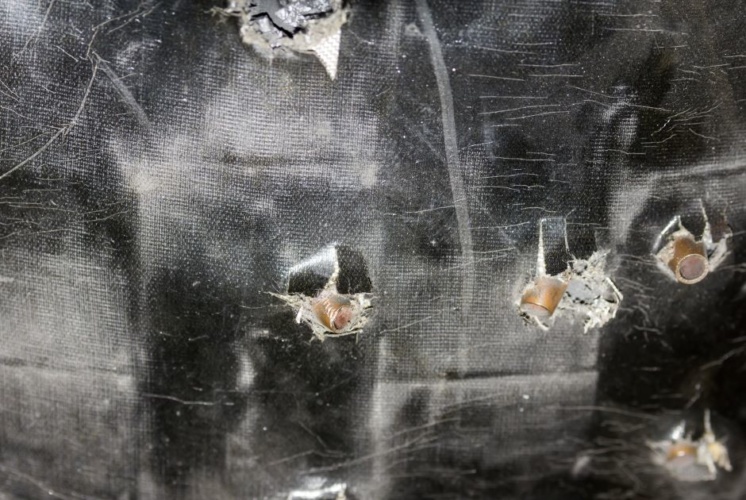Nanofibre material outperforms Kevlar and steel plates
Engineers at the University of Wisconsin–Madison have created a nanofibre material claimed to outperform steel plates and Kevlar in protecting against the impact of high-speed projectiles.

Ramathasan Thevamaran, a UW–Madison assistant professor of engineering physics who led the research, said the nanofibre mats exhibit protective properties that far surpass other material systems at much lighter weight.
Thevamaran and his collaborators detailed the advance in a paper published in ACS Nano.
To create the material, Thevamaran and postdoctoral researcher Jizhe Cai mixed multi-walled carbon nanotubes with Kevlar nanofibres. The resulting nanofibre mats are said to be superior at dissipating energy from the impact of tiny projectiles moving faster than the speed of sound.
The advance lays the groundwork for carbon nanotube use in lightweight, high-performance armour materials such as bulletproof vests or in shields around spacecraft to mitigate damage from flying high-speed microdebris.
“Nano-fibrous materials are very attractive for protective applications because nanoscale fibres have outstanding strength, toughness, and stiffness compared to macroscale fibres,” Thevamaran said in a statement. “Carbon nanotube mats have shown the best energy absorption so far, and we wanted to see if we could further improve their performance.”
Register now to continue reading
Thanks for visiting The Engineer. You’ve now reached your monthly limit of news stories. Register for free to unlock unlimited access to all of our news coverage, as well as premium content including opinion, in-depth features and special reports.
Benefits of registering
-
In-depth insights and coverage of key emerging trends
-
Unrestricted access to special reports throughout the year
-
Daily technology news delivered straight to your inbox










Water Sector Talent Exodus Could Cripple The Sector
Maybe if things are essential for the running of a country and we want to pay a fair price we should be running these utilities on a not for profit...